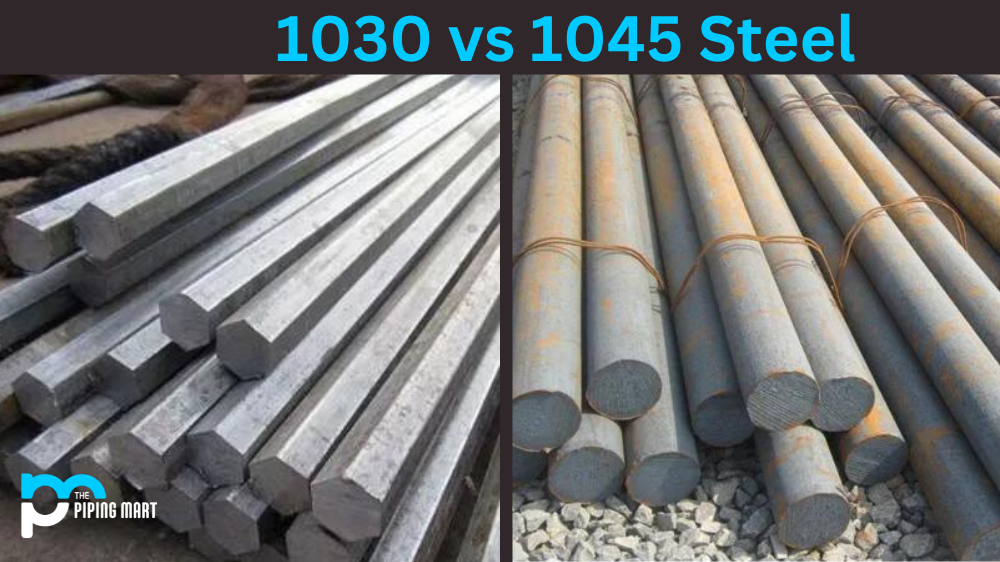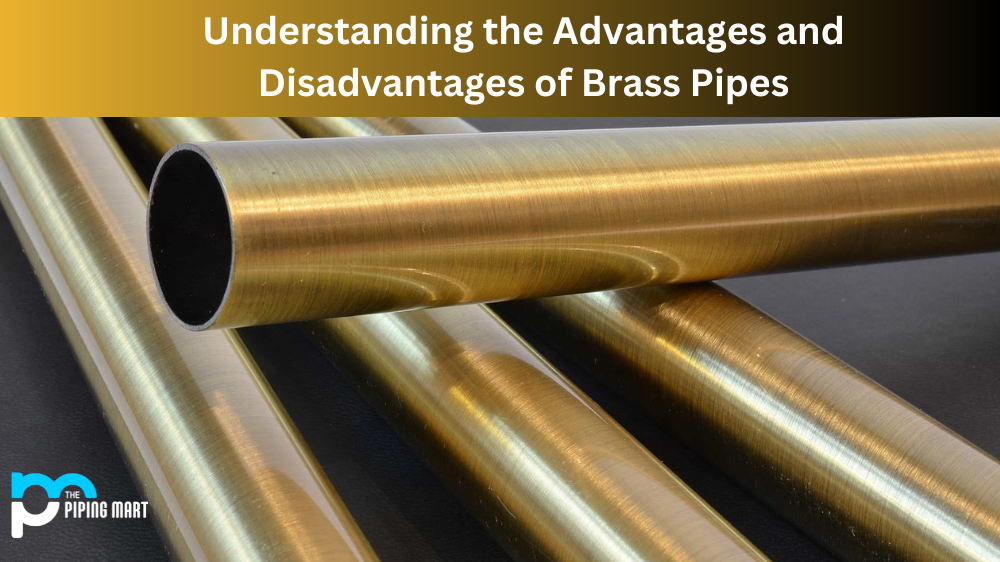Steel is an essential part of the modern world, with its applications ranging from construction to manufacturing and so much more. The type of steel you use depends on the specific needs of your project. Two common types of steel are 1030 and 1045 steel. Their differences may seem small, but they can significantly impact your project’s success. This article delves into the differences between 1030 and 1045 steel and helps you understand which is best suited for your project.
Difference Between 1030 and 1045 Steel
Composition
1030 and 1045 steel sheets come from the same family of carbon steels, but their carbon content differs significantly. 1030 steel contains 0.30% carbon, while 1045 steel contains 0.45% carbon. The higher carbon content of 1045 steel makes it harder and more robust than 1030 steel. Both types of steel have other alloying elements, such as manganese and sulfur, to enhance their properties.
Strength and Hardness
As mentioned earlier, 1045 steel is more robust than 1030 steel, making it more suitable for high-stress applications. It has a tensile strength of 90,000 psi, while 1030 steel has a tensile strength of only 68,000 psi. 1045 steel is also more challenging than 1030 steel, with a Brinell hardness rating of 163 compared to 126 for 1030 steel.
Weldability and Machinability
Due to their differences in carbon content, 1030 and 1045 steel have different weldability and machinability properties. 1030 steel is more accessible to weld due to its lower carbon content and can be used for welding projects. However, 1045 steel is not as weldable because of its higher carbon content. Regarding machinability, 1045 steel is more accessible to machines than 1030 steel, thanks to its higher hardness.
Cost
The cost of steel is an important consideration when planning a project. In general, 1030 steel is less expensive than 1045 steel due to its lower carbon content. However, the cost may change based on various factors, such as the availability of the materials and the size and complexity of your project.
Applications
Due to their unique properties, 1030 and 1045 steel have many applications. 1030 steel is suitable for low-stress applications that require weldings, such as construction and automotive parts. On the other hand, 1045 steel’s strength and hardness make it ideal for high-stress applications, such as shafts, gears, and connecting rods.
- 1030 steel is a low-carbon steel that contains 0.30% carbon.
- 1045 steel is medium-carbon steel that contains 0.45% carbon.
- 1030 steel is more robust than 1020 steel but weaker than 1040 steel.
- 1045 steel is more robust than 1030 steel but weaker than 1050 steel.
- 1030 steel is more ductile than 1045 steel.
- 1045 steel is more brittle than 1030 steel.
- 1030 steel is less likely to crack under stress than 1045 steel.
- 1045 steel is more likely to warp when heated than 1030 steel.
Conclusion
In conclusion, understanding the differences between 1030 and 1045 steel is crucial when choosing the correct steel for your project. While both types share similarities, such as carbon steels, their carbon content, strength, and hardness differentiate them. If you’re looking for steel that is easy to weld and has lower stress, consider 1030 steel. However, if you want strong, complex, and durable steel for high-stress applications, 1045 steel is the right choice.

A passionate metal industry expert and blogger. With over 5 years of experience in the field, Palak brings a wealth of knowledge and insight to her writing. Whether discussing the latest trends in the metal industry or sharing tips, she is dedicated to helping others succeed in the metal industry.




